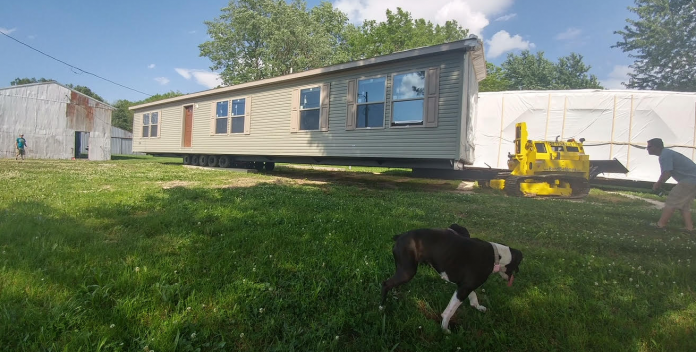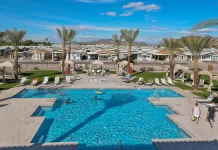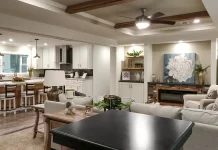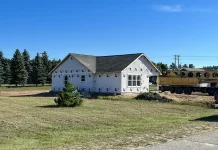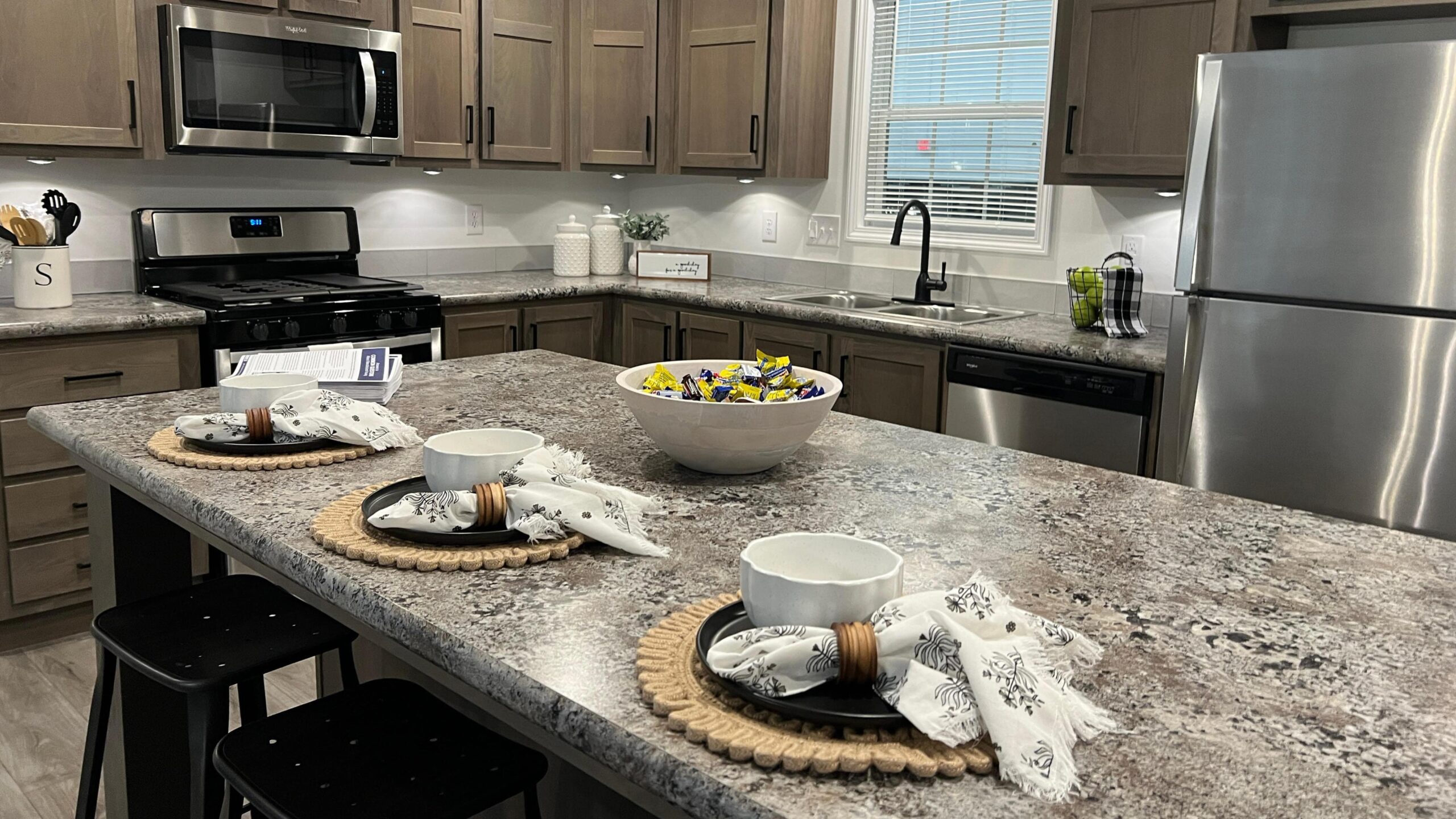Brian Lewis was born to live in manufactured housing. His wife Holly took more convincing.
Brian was raised in a manufactured home, and has worked in the industry for more than 20 years. But when Brian and Holly married, they ended up in a small rental home with their two daughters.
Soon after, the Effingham, Ill., couple began thinking about having another child, and debated: They also wanted to become homeowners, and both life changes at once would be a big investment.

Renting Versus Factory-Built Home Ownership
Renting in Illinois isn’t exactly cheap either. According to the Illinois Manufactured Housing Association (IMHA), renters must earn at least $3,525 a month (or $20.35 per hour) to afford a two bedroom apartment with utilities.
Brian suggested they consider manufactured housing, but stereotypes remain in many cases, so at first, Holly was hesitant.
“Then I took her to look in our showroom,” Brian said, “We have 25 different homes on display. She was like, ‘Oh wow, I didn’t realize!’”
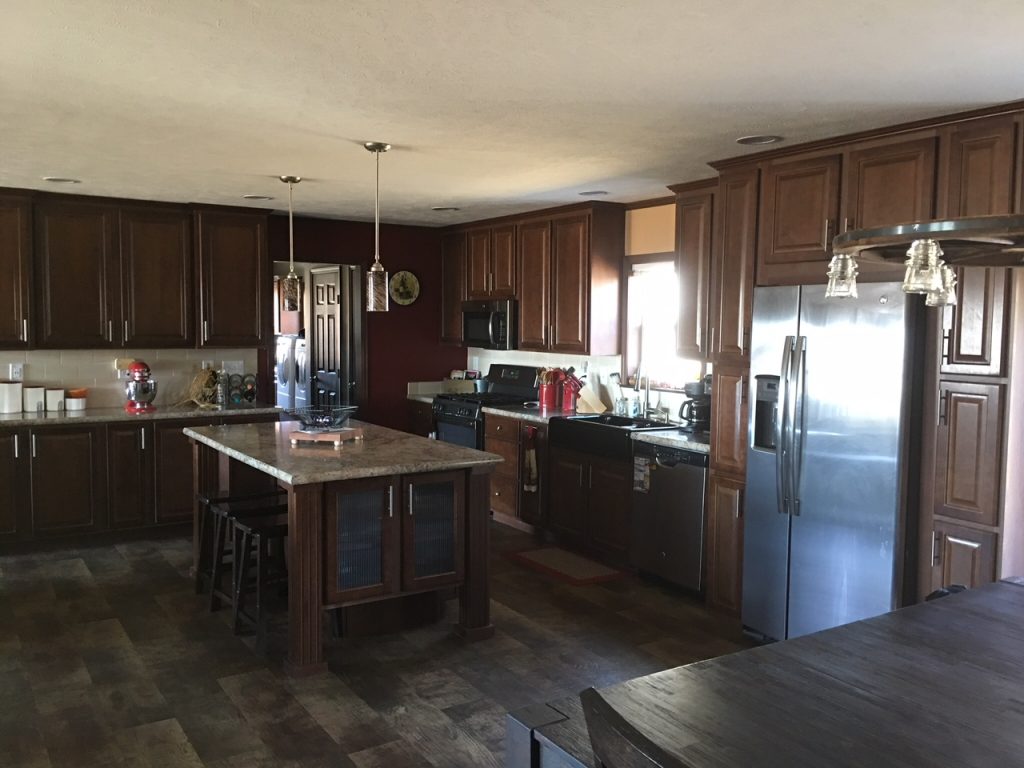
Today, factory-built homes, including modular and manufactured homes, allow room for creativity and customization – from glass showers to granite countertops – at an attractive price.
Factory-built homes come without exposure to the elements and minus the need to hire a separate carpenter, plumber or electrician. In many cases, all of this makes homeownership an even more affordable option than renting.
For just $590 a month, the Lewises purchased a custom-built, 2,100 square-foot manufactured home. They also purchased a five-acre plot of land to live on. Any typical home building experience would take many months, but Brian was able to help put his home together in a matter of weeks.
Factory-Built Homes Exceed Expectations

“When any of my friends are like, ‘oh, you live in a trailer?’ I tell them to come down and look at it,” Brian said of the 2,048 square-foot 2017 Commodore he designed and helped build. “I fancied up the inside and once people get inside, they’re impressed.”
Frank Bowman, Executive Director of IMHA, has seen this happen many times.
“Old ways die slow and people have pictures in their minds of what a ‘trailer’ is,” he said. “It’s best to get people in to look at these homes.”
Bowman stresses the importance of all kinds of MH communities and homes as affordable housing options.
“Housing cost is at an all-time high nationwide,” he said. “Everybody is talking about affordability and it’s become a huge problem.”
State Associations Advocate for Factory-Built Homes
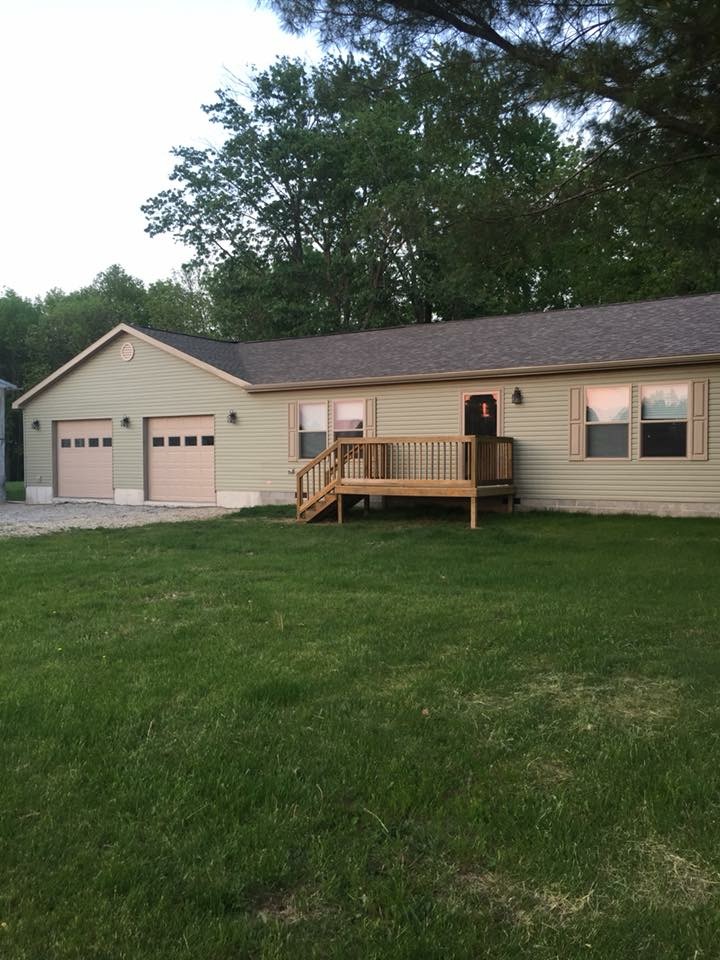
In an effort to counteract this, IMHA advocates on behalf of factory-built homes to both the government and to potential mobile and manufactured home buyers.
“What we’re trying to do is talk about the quality, the affordability and the unsubsidized nature of our product,” Bowman explained.
Manufactured housing often enables people to live where they need or want to live. While the Lewises chose the country, others residents attend school or work in big cities; factory-built homes enable them to live closer than an hour and a half drive that is a common commute in many major metro areas.
City dwellers often reside in older homes, as builders of new homes tend to go where communities are more open for development — previously developed urban and suburban areas often are less so.
“We’re working on that, to create that attitude, to create better understanding of our product,” Bowman said.
Factory-built homes are so economical, they’re often a better option than subsidized government housing. They’re built using assembly line techniques and are created in a controlled environment, minimizing waste and theft. As a result, Bowman explained, manufacturers can build homes for $60 a square foots vs. an average of $120 a square foot for a site-built home, excluding real estate cost.
This means factory-built housing offers an option for any price range.
“Manufactured homes offer a variety of quality and products for everyone’s price range,” Bowman said. “It’s important to have those one or two-star communities, for people who need them.”


